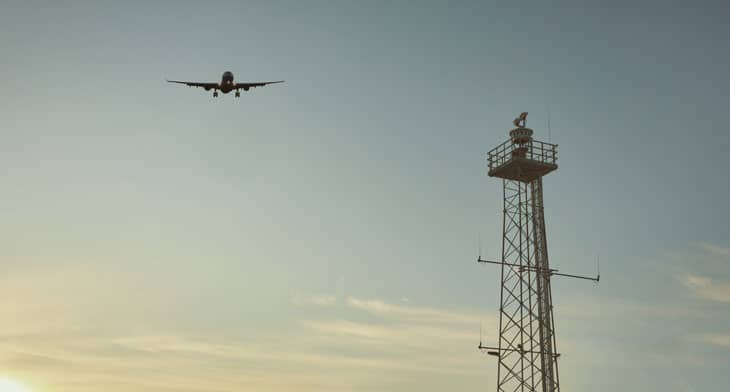In light of its plans to introduce new air traffic management technology across seven of its 11 airports, the Highlands and Islands Airport group (HIAL) has been hosting a consultation event to improve stakeholder knowledge and understanding of the emerging air traffic management technology in use across Europe.
Held on 25 and 26 April, the event is taking place at the University of the Highlands and Islands campus in Inverness and is open to the public. Saab Digital Air Traffic Solutions (SDATS) is attending to showcase its digital tower technology, which is on display, with experts available to explain how it works and how it can benefit airport operations.
The installation of a digital tower – which replaces the conventional control tower with a camera mast to capture the out-of-the-tower-window view before sending this data via a high speed, secure connection to a Remote Digital Tower Centre in another location – is only a fraction of the cost of building or refurbishing a conventional air traffic control tower.
“The provision of air traffic services constitutes a significant proportion of an airport and airline’s costs and is under constant scrutiny,” said Per Ahl, head of marketing and sales, Saab Digital Air Traffic Solutions.
Explaining how SDATS technology is not only a cost-effective solution, but will also add enhanced service levels, Ahl added:
This may result in smaller airports remaining open for longer, or even keep some regional airports open which would otherwise have been forced to close due to high cost levels.
HIAL’s long-term digital tower approach will transform its operations at Sumburgh, Dundee, Inverness, Wick John O’Groats, Kirkwall, Stornoway and Benbecula airports in Scotland.


Lyon added that his Air Traffic Management teams are visiting airports in Sweden with this type of technology already in place.
“It’s really important that our teams fully understand what is being proposed,” he continued, referencing Örnsköldsvik and Sundsvall airports in Sweden, which became the first in the world to be controlled by a digital tower delivered by SDATS in 2015. Since then, London City Airport, Cranfield University (which is home to Cranfield Airport), Cork Airport and Shannon Airport have all procured Saab’s technology
“Remotely controlled towers are the future of air traffic management and we are embarking on a long-term project to make our airports fit for the future,” Lyon concluded.





